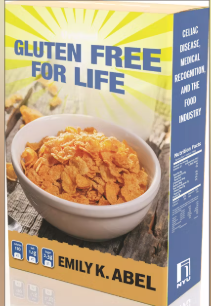FDA’s Front-of-Package nutrtion label: Open for public comment
With much fanfare, the FDA released its proposed rule for a new front-of-package summary of the Nutrition Facts panel. I’ve written about the history of this previously.
Of all the options tested (Food Fix had the best summary), the FDA picked this one—not my first choice.

Why not? I don’t think it’s much of an improvement over this one, produced by industry to head off something that might be more useful. This one is easy to ignore and pretty much everyone does. The FDA’s is a bit better, but not nearly enough.
I was hoping the FDA would at least use traffic light colors. Even more, I wish the FDA had used “High in” warning labels used in Latin America.

These have been shown to be highly effective in discouraging purchases of food products high in sugar, saturated fat, sodium, and calories—the point of this exercise, after all (and why the food industry so opposes it).
Will this label do as well? We will have to wait and find out.
In the meantime, this is your chance to comment. Please do.
To Submit Comments
Comments on the proposed rule can be submitted electronically on http://www.regulations.gov by May 16, 2025.
Written comments can be submitted to:
Dockets Management Staff (HFA-305)
Food and Drug Administration
5630 Fishers Lane, Rm. 1061
Rockville, MD 20852
All written comments should be identified with the docket number FDA-2024-N-2910 and with the title “Food Labeling: Front-of-Package Nutrition Information.”


